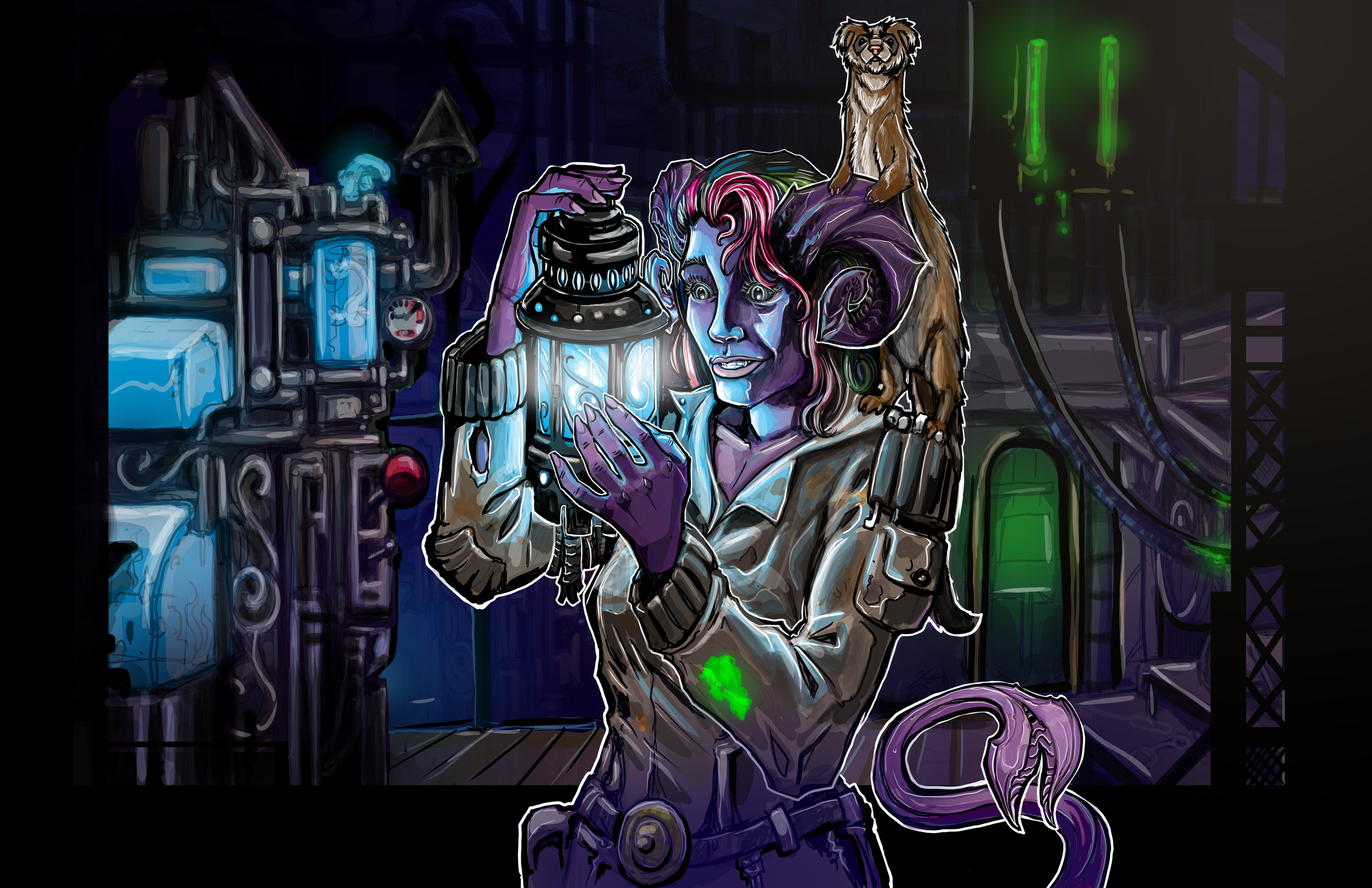Complete Guide to the Investigation Skill in D&D 5e
Often confused and misused with Perception, Investigation is one of the more useful skills in 5e, and likely the best Intelligence skill as well. It’s also commonly used to see through illusions, but the usefulness of this is suspect for a couple of reasons.
Investigation Vs. Perception
These two skills are often called for nearly interchangeably by many DMs, but this is not how it should be. Perception is used when a character wants to make a quick scan of an area, stay vigilant for stealthy attackers, and basically any time your character wants to notice things that may not be obvious. Investigation, on the other hand, is a much more involved process. Where Perception makes a quick scan of the room, Investigation takes a few minutes to check the walls for secret doors, find traps, search the desk for hidden compartments, or try to figure out how that dwarf slumped over in the corner met an early grave.
This may not seem like a big deal, but these two skills use different abilities, Wisdom and Intelligence, meaning that different characters will be good in different situations. The Cleric is great at keeping a watch for potential ambushes, but the Artificer should be the one to discover that the door you’re about to open is rigged with a tripwire trap.
This obviously puts Rogues in a bind, as they are frequently expected to be good at both these skills. This is honestly too much to ask of the Rogue, as they have to prioritize Dexterity, and they can’t ignore Constitution either. Adding one more important ability to those two is reasonable, but a fourth will spread you very thin. Lord forbid you want to also be a Charismatic Rogue. Rogues just have it rough man…
Using Investigation to see through Illusions
Many Illusion spells such as Disguise Self or Major Image have in their rules that a creature can use their action to make an Investigation check to discern the illusion as false. This normally results in the illusion becoming partially transparent, meaning it no longer provides much benefit. The question becomes, when and why would a creature do this?
The answer is rarely, and only if they have both the intelligence to understand what illusions are, and have probable cause to suspect that what it is seeing is fake. For example, creating the illusion of a raging T-Rex at the bottom of the flooded ocean temple doesn’t really make sense, but a Hunter Shark would blend right in and terrify your opponents. Creating a wall in the hallway of a castle to cover your tracks might trick the guard who just got hired yesterday, but the captain who has spent his life in service to defending this place will understand that something is very wrong here.
The general magical knowledge of your potential targets is also important. The serfs working the fields would likely never suspect that dire wolf to be fake, but the court wizard would likely be paranoid about anything even moderately suspicious. That’s enough about NPCs and enemies, what about us as players?
Well, some DMs use illusions frequently to hide secrets or threaten danger, others use them almost never. Gauge how your table plays to determine how often you should be suspicious of illusions. However, you really don’t need Investigation to tell if something is an illusion or not. Simply touching most illusions will reveal them as fake, and if you can’t touch it, a rock or arrow will suffice as well. This won’t always be applicable of course, such as in the case of Disguise Self. Most people won’t let you just rub your hands all over their face to make sure they aren’t masking it with magic. If you’re suspicious that someone may not be exactly who they say they are, a quick investigation check certainly wouldn’t hurt.
Synergies with Investigation
Inquisitive Rogue: Eye for Detail
Inquisitive Rogue: Steady Eye
Both of these features come from one of the worst subclasses in the game, and they are also part of the reason for that being true. Eye for Detail just lets you make Investigation (and perception) checks as a bonus action, which literally only matters in combat, and when was the last time you did either of those in combat?
Steady Eye grants advantage so long as you haven’t moved much on your turn, basically meaning permanent advantage out of combat. This sounds nice until you realize that the help action from a teammate does the exact same thing for free. Just don’t bother with this subclass, and don’t worry about finding specific synergies with this skill. It is useful enough as it is.
In summary, Investigation is a frequently called for skill that every party should probably have at least one person be good at. DMs need to know when to call for it rather than a Perception check, as it is healthy both to decrease the prominence of constant Perception checks and to give other characters opportunities to shine. It is occasionally useful to see through illusions, but there are frequently easier means of doing so.
Check out Prince Phantom on Twitch!



